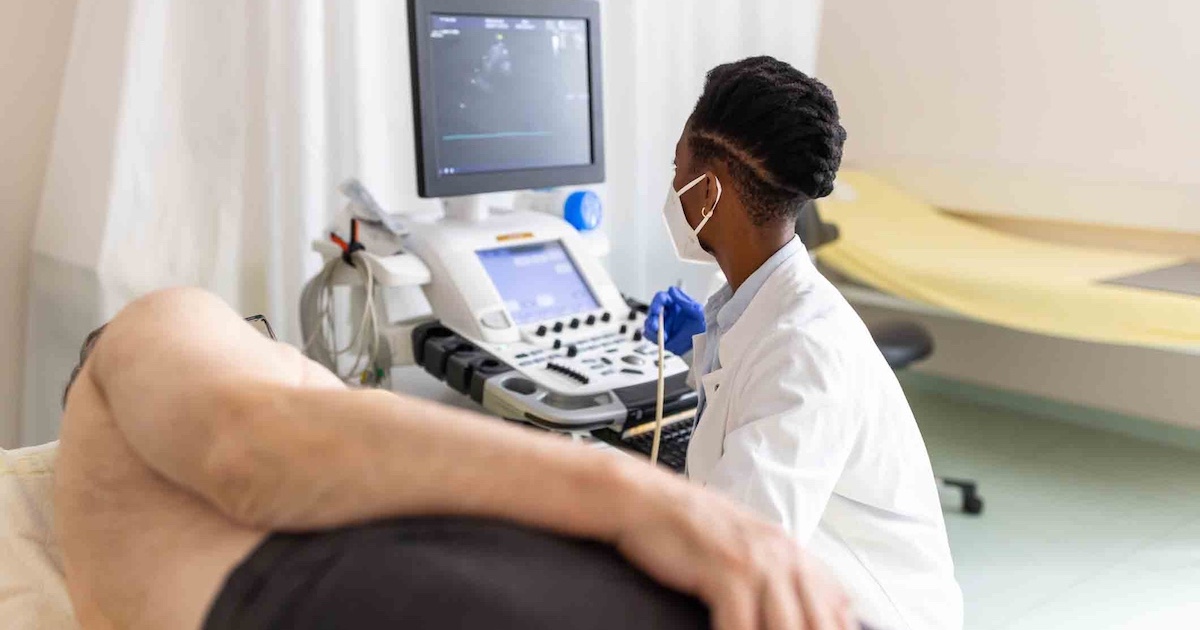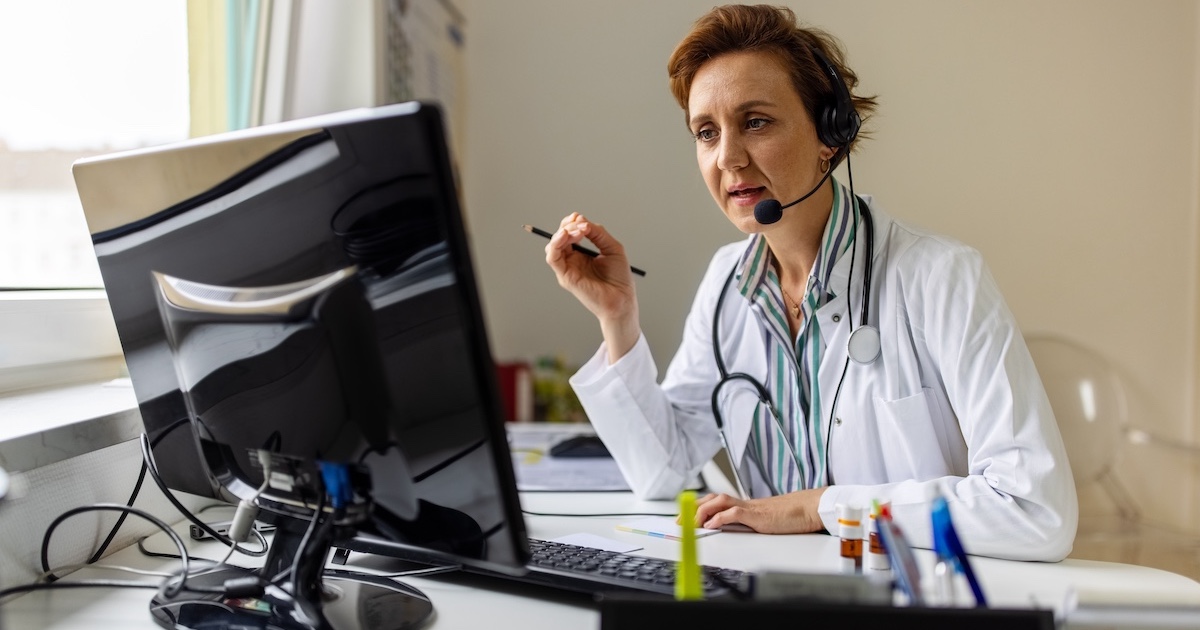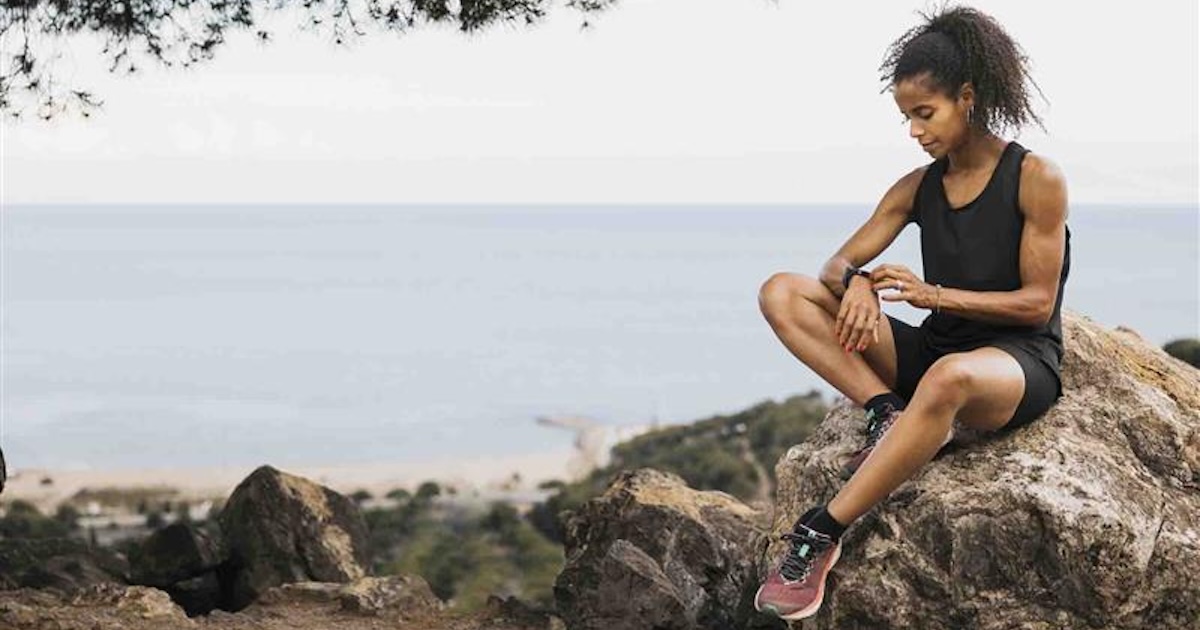A picture imay be worth a thousand words but in medicine doctors need those words as well. And more pictures.
If you're a healthcare provider looking at a photograph of a patient's wound, for instance, you need tools that put the photograph in context. Along with the picture, you need to be able to enter or review data about the picture, and measure the properties and size of the wound with a previous photograph of the same wound.
[See also: VA touts telehealth success]
Among the emerging trends at this year's American Telemedicine Association conference in Los Angeles were platforms that move beyond traditional image capture and sharing duties. Indeed, companies like WoundMatrix are offering more robust store-and-forward solutions that pair images with supporting data, allow for real-time analysis, and integrate that data into the medical record.
"It really allows for true collaboration of care among care providers," says Sean M. Geary, the Chadds Ford, Pa.-based company's founder, president and CEO. "Providing this information in real time allows the caregivers at both ends to respond more quickly to a patient's needs" and improve the clinical process.
With the company's new Mobile Wound Management System, a caregiver in the field – say, a doctor in a clinic or a home health aide at a patient's home – can photograph a wound, type in additional information and send that data instantly to another location, like a hospital or specialist's office. That doctor, meanwhile, can review the image and documentation, call up information on the patient, compare the new photo with past photos taken of the wound (measuring changes in size, shape or color, for instance), and collaborate with other providers.
[See also: The AMA takes a stand on telemedicine]
Among the technology's early users are the Department of Veterans Affairs – which offers WoundMatrix in in Care Coordination Home Telehealth (CCHT) program – Tufts Medical School, Johns Hopkins and the Lawrence, Mass.-based Home Health Foundation.
The 15-year-old company also has an international footprint. In Honduras, La Entrada Medical and Dental Facility, a 10-year-old facility launched by the U.S.-based non-profit Serving at the Crossroads, uses WoundMatrix technology to help physicians assess patients, some of whom have reportedly had the same wounds for 25 years.
“(The) doctors use the … mobile platform to capture and instantly upload pictures and data to the U.S. for analysis,” Serving at the Crossroads Founder and President Bob Sumner said in a news release provided by WoundMatrix. “This type of technology helps change the world by offering more people the access to quality medical care.”
In Rwanda, the country's Ministry of Health is partnering with several U.S. universities to push the technology to remote locations through the Rwandan Human Resources for Health Program. Among the American doctors using the platform is Christian Paletta, MD, a clinical professor of surgery at the Geisel School of Medicine at Dartmouth and Saint Louis University, where he also served as chief of plastic and reconstructive surgery for some time.
“In a country which has very few plastic surgeons and limited resources for its 11 million people, the technology … helps fill in the gap left by the lack of educational programs to train more specialists,” Paletta said in the release. “It allows us to apply telemedical solutions to a resource-limited area, which is improving the quality of care and ultimately saving the lives of several Rwandans each year.”
Closer to home, Geary and Paul A. Geary III, the company's vice president of sales, see more enhanced store-and-forward platforms like WoundMatrix becoming popular as health systems move toward management of post-discharge and chronic care patients in their homes. They also see applications in emergency and disaster care, as well as other disease management states.
'The technology backbone is ready now," Sean Geary said.
What may be holding things back is reimbursement. According to the American Telemedicine Association, while most states are enacting telehealth reimbursement initiatives within their Medicaid plans, only a handful are extending that to store-and-forward technology. And that number is growing slowly.
"That's a big deal," Paul Geary said. "This really is just as effective as video."
See also:


